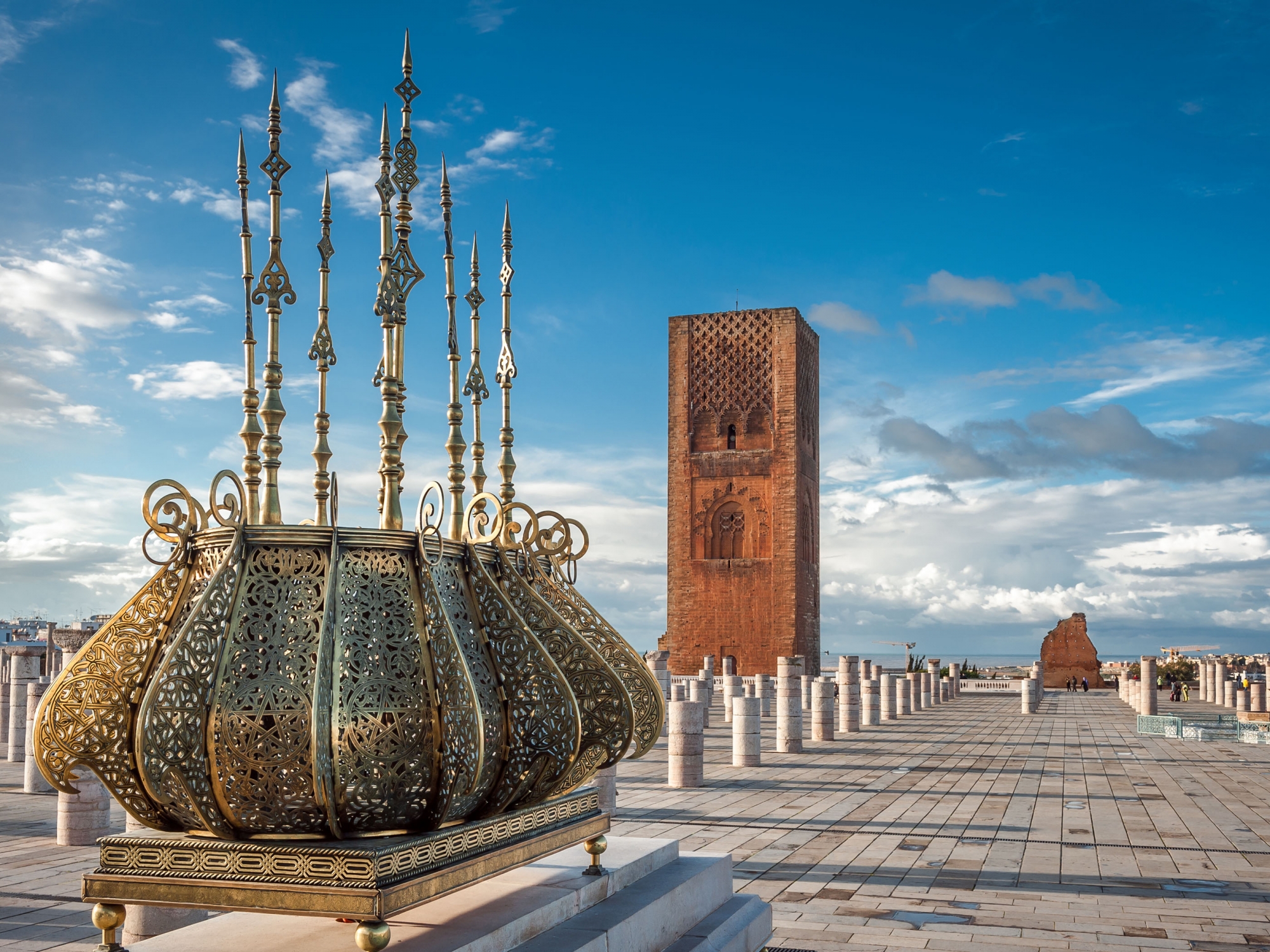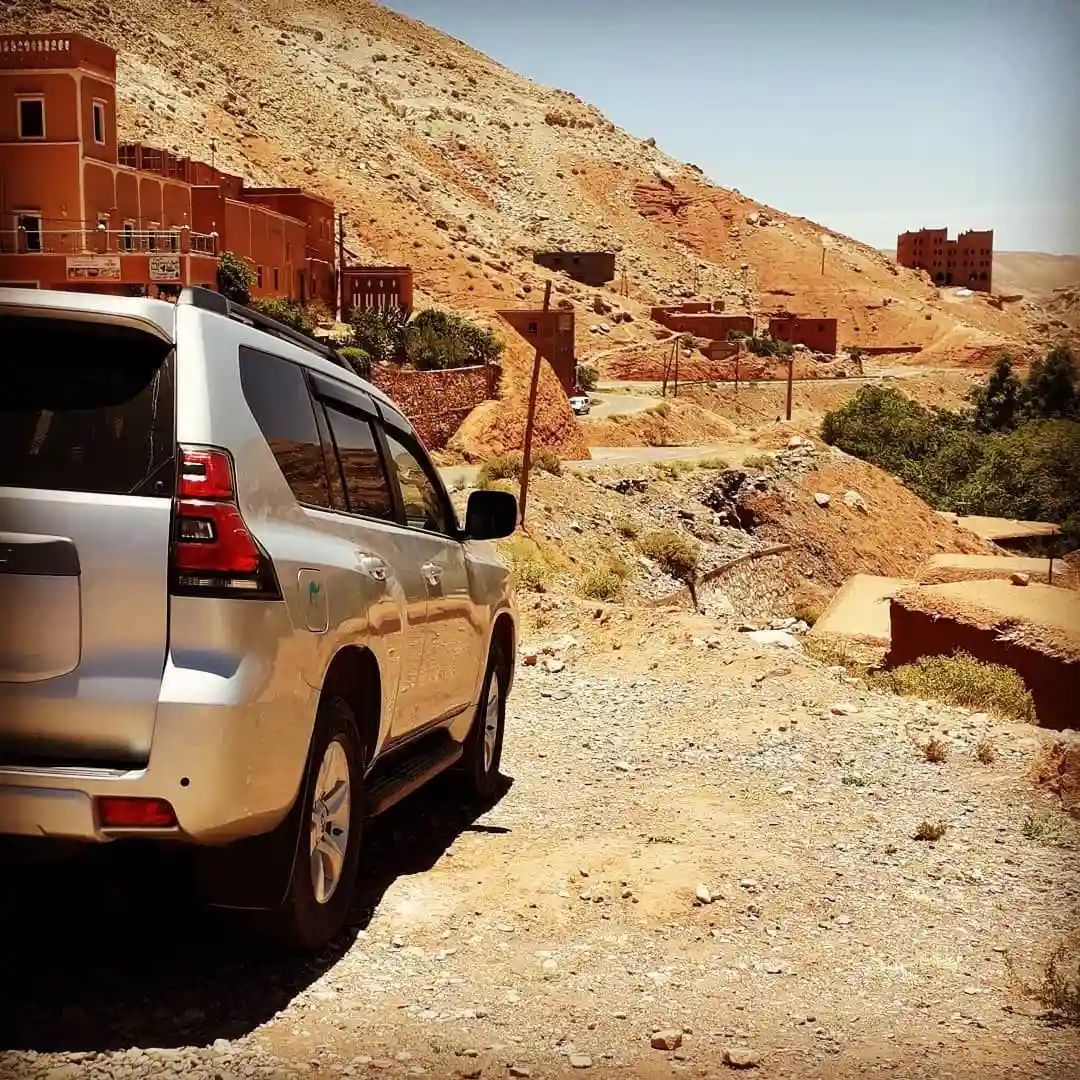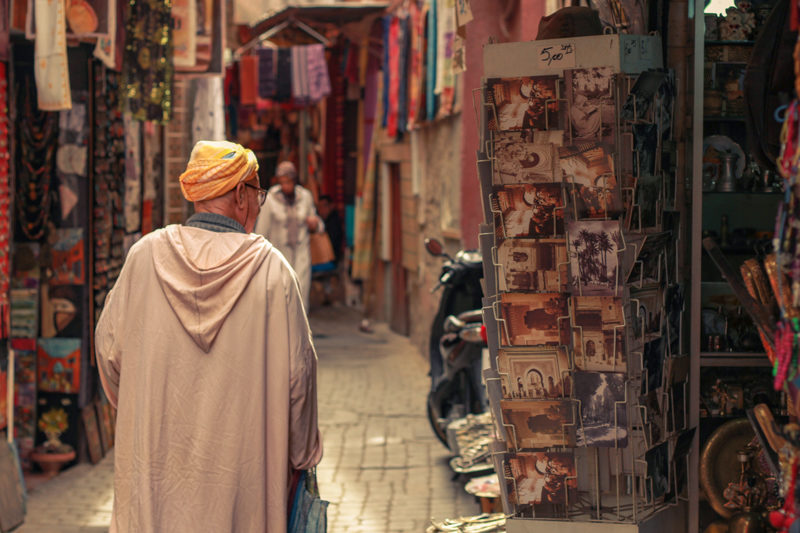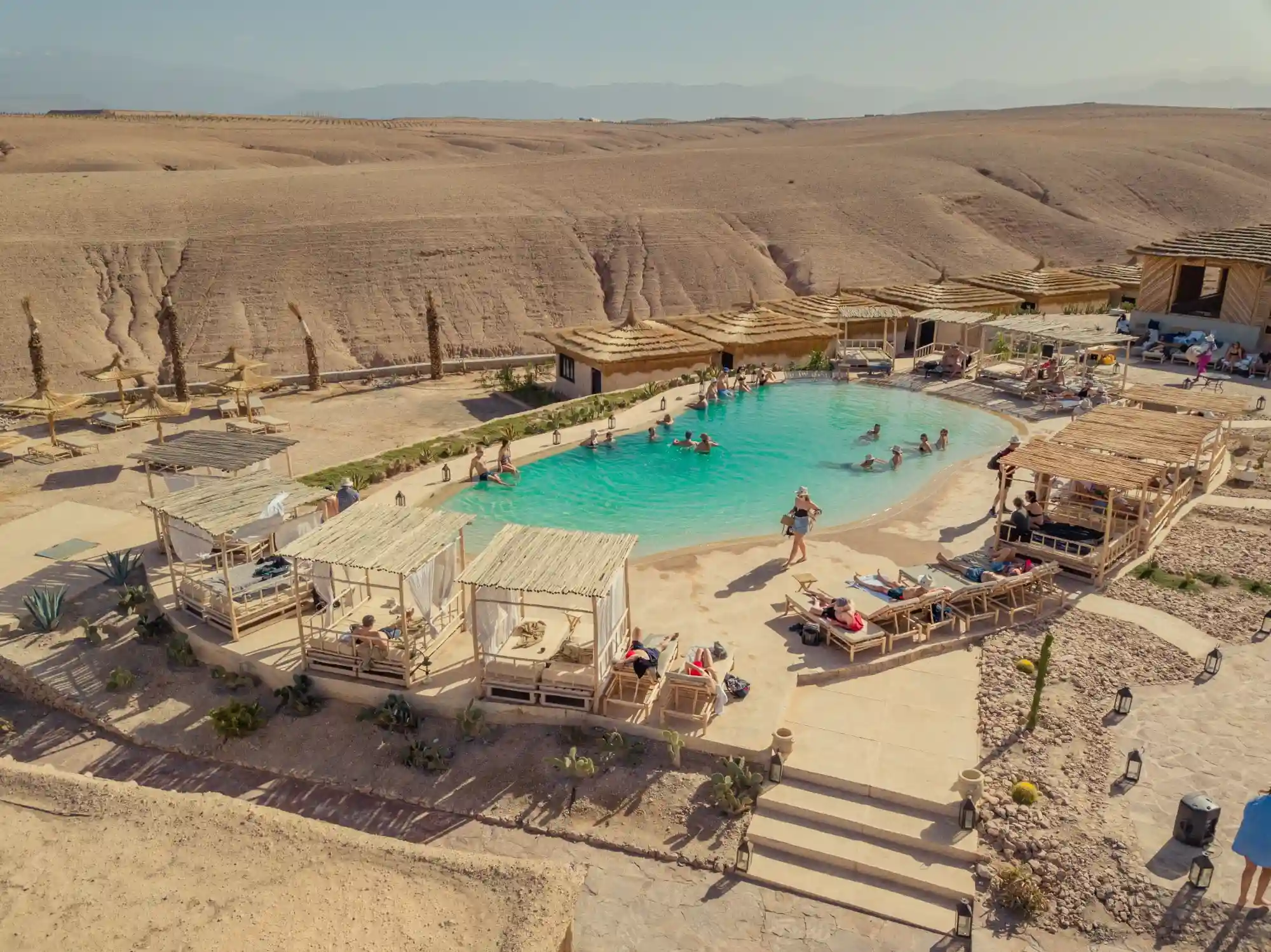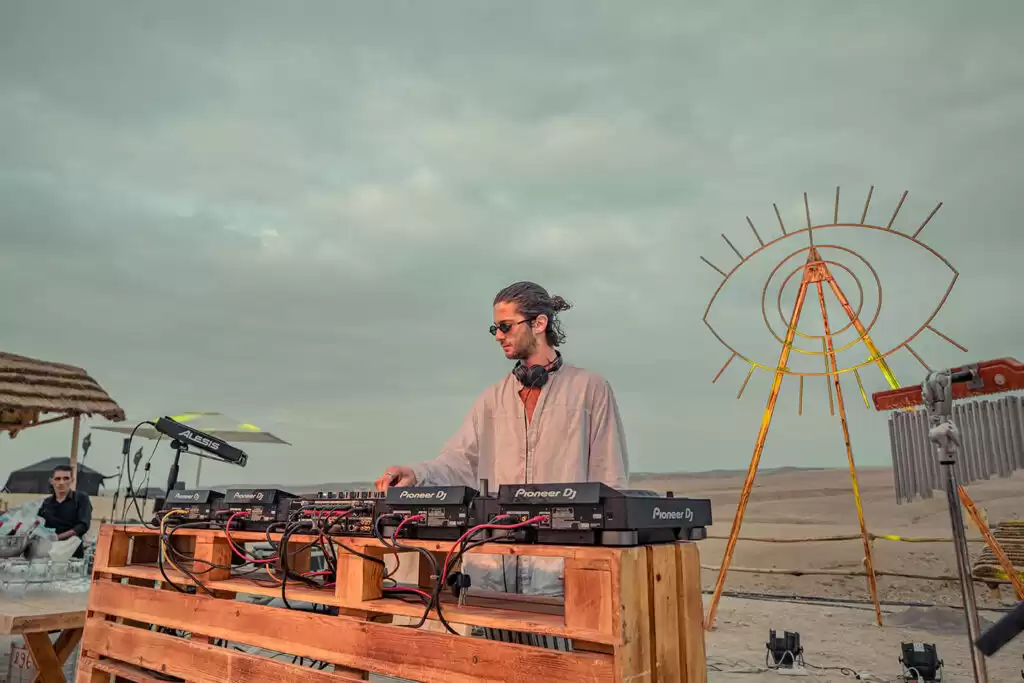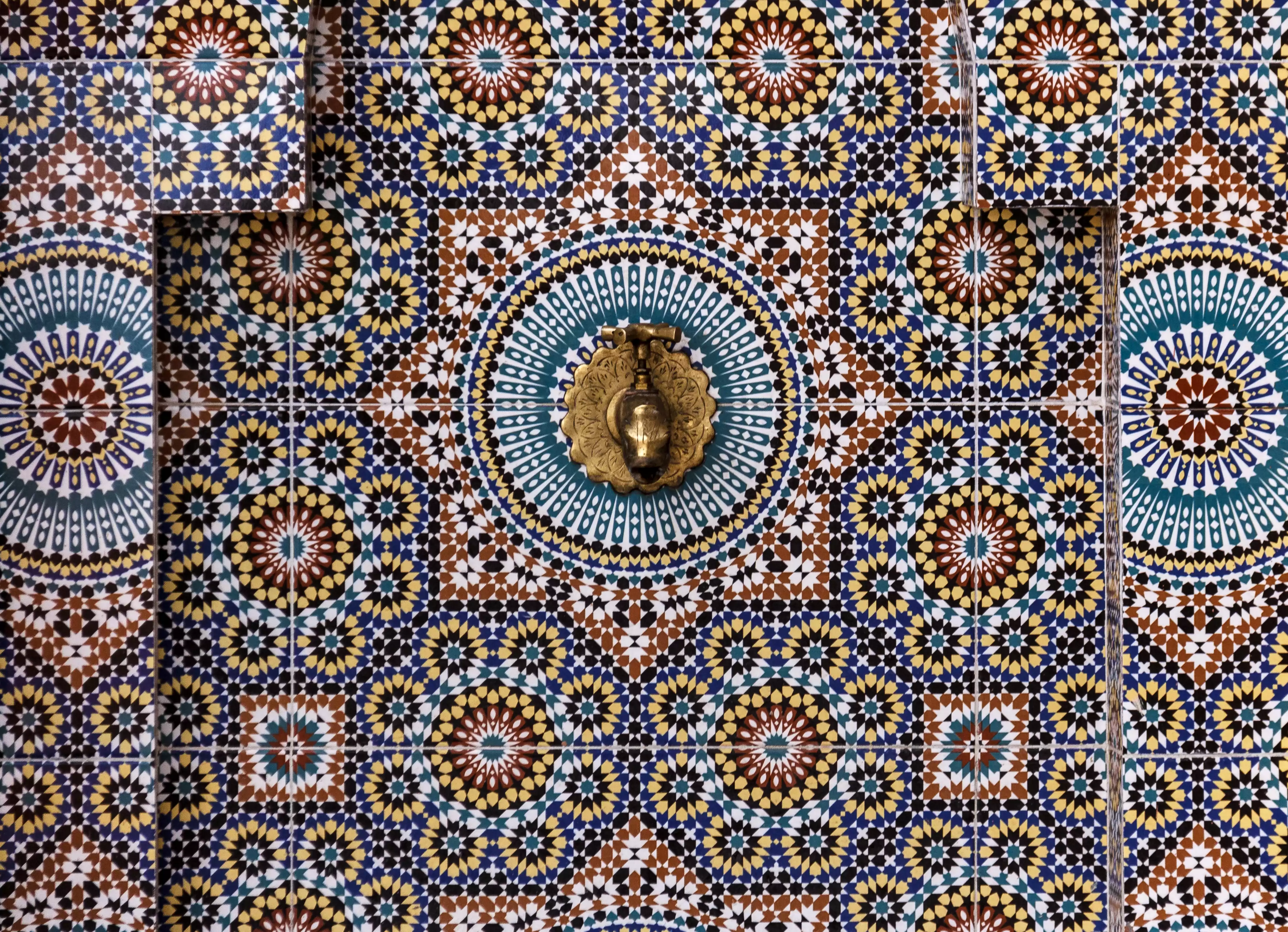
- On 03-07-2023
Unveiling the Rich History of Zellij in Morocco: A Timeless Art Form
In the heart of Morocco's architectural heritage lies a captivating art form known as Zellij. This intricate tilework, characterized by its vibrant colors and geometric patterns, has adorned palaces, mosques, and historical buildings for centuries. The history of Zellij is intertwined with the cultural tapestry of Morocco, reflecting the craftsmanship, creativity, and influence of various civilizations. In this blog, we delve into the fascinating history of Zellij, tracing its origins, evolution, and enduring significance in Moroccan art and architecture.
Origins of Zellij:
Zellij finds its roots in the rich Islamic art traditions of the medieval period. The art of geometric tilework was introduced to Morocco during the reign of the Almohad dynasty in the 12th century. Influenced by Andalusian and Moorish styles, Zellij became an integral part of Moroccan architecture, showcasing the skill and creativity of artisans.
Craftsmanship and Techniques:
The creation of Zellij is a meticulous process that requires exceptional craftsmanship. Skilled artisans, known as Maâlems, meticulously cut and shape small pieces of ceramic tiles or colored stones to create intricate patterns. These pieces are then carefully arranged and set in a plaster or mortar base. The craftsmanship involved in creating harmonious designs and seamless transitions between colors is a testament to the mastery of Zellij artisans.
Symbolism and Patterns:
The geometric patterns in Zellij hold symbolic significance in Moroccan culture. Each pattern has its meaning, representing elements from nature, spirituality, and Islamic symbolism. From stars and rosettes to arabesques and calligraphic inscriptions, Zellij patterns evoke a sense of harmony, balance, and divine order.
Evolution and Influences:
Over the centuries, Zellij has evolved and absorbed influences from various dynasties and cultures. Moroccan Zellij showcases a unique fusion of Arab, Berber, Andalusian, and Moorish styles, reflecting the country's diverse heritage. As different rulers and civilizations left their mark on Moroccan architecture, Zellij continued to evolve, adapting new colors, motifs, and design elements.
Zellij in Moroccan Architecture:
Zellij has played a significant role in Moroccan architecture, adorning the walls, floors, and fountains of palaces, mosques, and public buildings. The Royal Mansour in Marrakech, the Hassan II Mosque in Casablanca, and the Bahia Palace in Marrakech are just a few examples of architectural marvels that showcase the beauty and grandeur of Zellij.
Preservation and Revival:
In recent years, there has been a renewed appreciation for Zellij, both within Morocco and around the world. Efforts have been made to preserve this unique art form and revive its prominence in contemporary design. Artisans and designers are incorporating Zellij into modern spaces, blending tradition with innovation.
Zellij stands as a testament to the timeless beauty and craftsmanship of Moroccan art and architecture. Its intricate patterns, vibrant colors, and rich history continue to inspire awe and captivate the imagination. As you explore Morocco, take a moment to marvel at the exquisite Zellij masterpieces, for they offer a glimpse into the country's cultural heritage and the enduring legacy of its artisans. From the historic medinas to the opulent palaces, the story of Zellij unfolds, showcasing the remarkable creativity, skill, and artistic vision that make it an integral part of Morocco's cultural identity.
Your Comments
Suggestion of our best Tours
Below Tours that may interest you:
Hot Air Balloon Flight in Marrakech
Private Transfer and Berber Breakfast included
Add to wishlist4x4 excursion to the High Atlas Mountains,
An expedition in the Atlas, Private Excursion
Add to wishlist
 EN
EN FR
FR ES
ES IT
IT